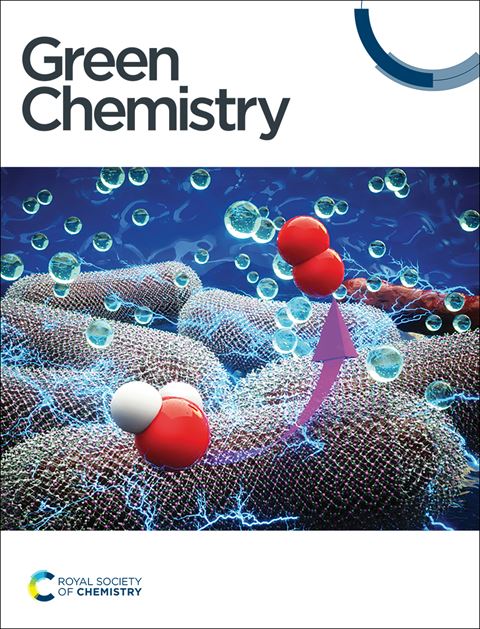Carbon dioxide-negative composite materials: an economically viable solution for CO2 sequestration†
IF 9.3
1区 化学
Q1 CHEMISTRY, MULTIDISCIPLINARY
引用次数: 0
Abstract
Anthropogenic emissions of CO2 have nearly exhausted our carbon budget, putting the world on a trajectory toward irreversible climate change. CO2 emissions must be reversed in coming decades to avoid global warming past the 2 °C target. Recent approaches have focused on recycling CO2 into fuels and chemicals to create sufficient financial incentives to pay for CO2 removal and geological sequestration. These technologies aim to produce fuels and chemicals at quantities relevant to global markets while also recycling a meaningful amount of CO2. While promising, these technologies are CO2-neutral at best. Truly negative emission technologies will require significant quantities of durable, fungible products that sequester hundreds of millions of tonnes of CO2. We present an economically viable approach to sequestering hundreds of thousands of tonnes of CO2 per year in polymer composites made from CO2-functionalized lignin or lignite fillers mixed with a high-density polyethylene (HDPE) matrix. CO2 is chemically fixed to polymeric phenols via C–C bond formation at the lignin or lignite surface, storing about 2–4.2 wt% of CO2. Composites produced with the CO2-functionalized fillers and HDPE have mechanical properties that meet international building code standards for decking, a multi-billion-dollar market. A techno-economic analysis and life cycle assessment suggest that CO2-functionalized lignin and lignite fillers have favorable economic potential. These composites could reduce greenhouse gas emissions up to 62% over conventional wood plastic composites or be CO2-negative within 20 years when manufactured with renewable electricity, recycled high-density polyethylene and if extra CO2 is captured and sequestered in the ground. The composites can achieve a net-negative global warming potential after 54 years for the CO2 solely stored in the composites.

求助全文
约1分钟内获得全文
求助全文
来源期刊

Green Chemistry
化学-化学综合
CiteScore
16.10
自引率
7.10%
发文量
677
审稿时长
1.4 months
期刊介绍:
Green Chemistry is a journal that provides a unique forum for the publication of innovative research on the development of alternative green and sustainable technologies. The scope of Green Chemistry is based on the definition proposed by Anastas and Warner (Green Chemistry: Theory and Practice, P T Anastas and J C Warner, Oxford University Press, Oxford, 1998), which defines green chemistry as the utilisation of a set of principles that reduces or eliminates the use or generation of hazardous substances in the design, manufacture and application of chemical products. Green Chemistry aims to reduce the environmental impact of the chemical enterprise by developing a technology base that is inherently non-toxic to living things and the environment. The journal welcomes submissions on all aspects of research relating to this endeavor and publishes original and significant cutting-edge research that is likely to be of wide general appeal. For a work to be published, it must present a significant advance in green chemistry, including a comparison with existing methods and a demonstration of advantages over those methods.
 求助内容:
求助内容: 应助结果提醒方式:
应助结果提醒方式:


